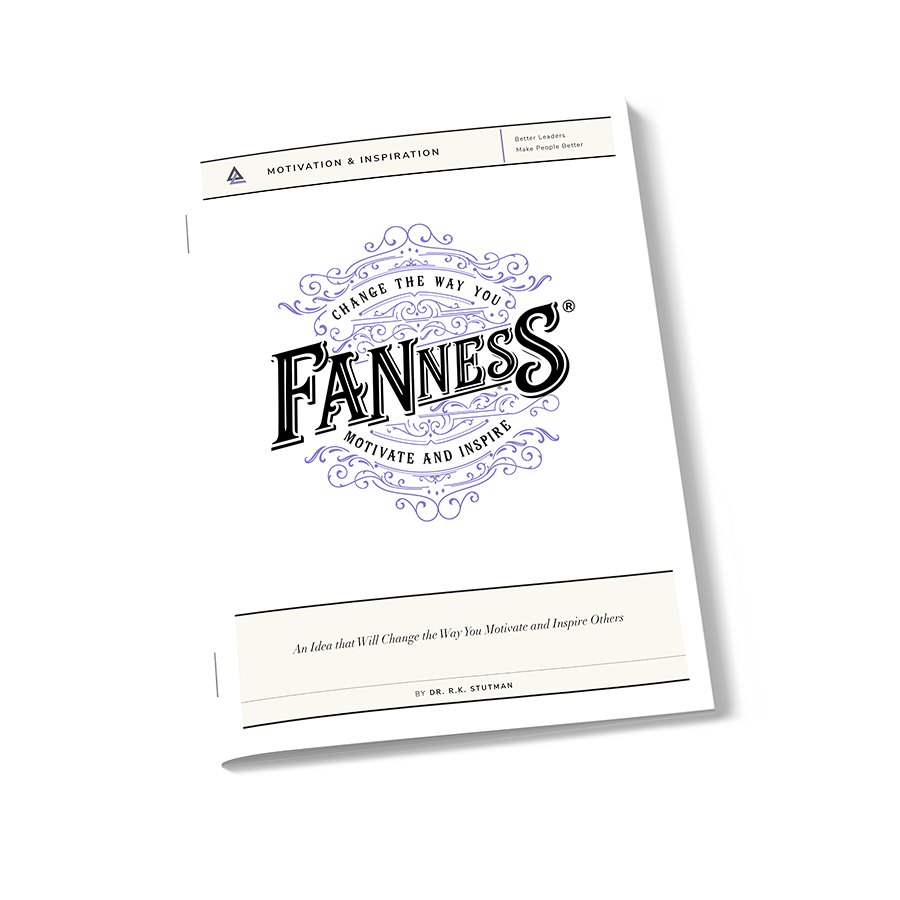Communicating like an expert, rather than as a leader, can undermine clarity, credibility, and influence in high-level meetings and discussions. The more senior the audience, the more important it is to speak in headlines.
What senior audiences want is the lay of the land, not a topographical map. At least not to start with. Audiences of any kind need a frame and orientation about what is important before they are ready for any details.
What many speakers miss is that just because they know every detail about a topic or issue doesn’t mean that’s what will communicate best. Being prepared to dive into the details is essential when others ask for them. But before showcasing what’s inside the box, good presenters give it a label.
Starting with strategic headlines before diving into any topic or issue is how leaders talk to leaders. Giving others the headline captures their attention and centers it on the core message.
Once the main idea is communicated clearly, others now know what details would be of the greatest interest and value to them. Condensing a complex set of ideas and facts into a single, memorable thought sets the tone for clarity. When others quickly understand the primary point, they can respond or act with efficiency, either by learning more or acting on this understanding.
By starting with a strategic headline, the speaker ensures their core message is never missed or misconstrued. Observe high-level meetings and discussions, and one fact about communication stands out. Everyone in the room is good at speaking in headlines.
This is a skill worth acquiring, yet many rising leaders fail to master it because they have invested much of their careers in becoming expert.
Experts love to overwhelm people with the facts and details they know because it displays their deep understanding and knowledge. What is hard to envision for experts is how this undermines the ability of others to quickly grasp what is important.
Audiences lost in the details never remember any one thing. Leaders can get better at speaking in headlines just by distilling what they want to say into one or two sentences. A short, simple, and memorable sentence that captures the main point is the headline.
Beginning with this headline is sometimes made easier with a setup like “The key takeaway is…” or “The one idea to remember is…” Leaders can practice finding the headline in presentations or discussions by others when they summarize what they have heard into a crystallized statement.
After listening to, reading, or watching just about anything of interest, it is a simple challenge to craft a headline that captures the main message. This helps you see the headlines in your own work.
People don’t read the copy before they read the headline for a simple reason: They have no idea why the copy matters without a summarizing statement. Leaders who learn to speak in headlines create clarity and have more influence when they discuss any issue. It’s a skill every leader must master.

